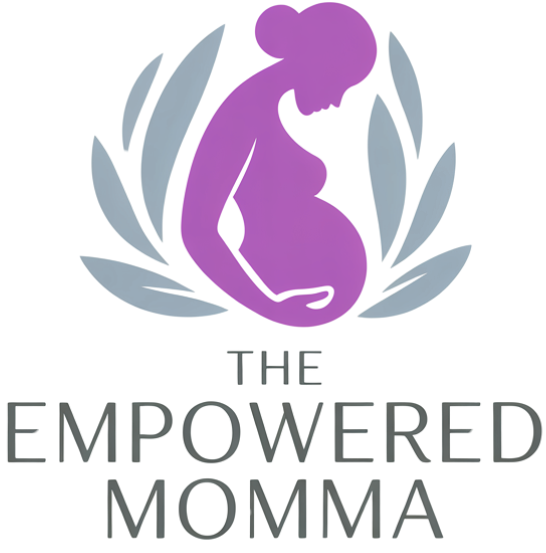Choosing birth control after 35 can feel new. The good news: many modern hormonal pills are safe for people in this age group. Still, there is no single best choice for everyone. What worked in your twenties might not fit now. The main step is to learn how your health and risks change with age...
Category: Birth & Delivery
Best Position to Give Birth to Avoid Tearing
Many parents ask about the best position to give birth to avoid tearing. There is no single answer, and some tears cannot be avoided because of things like the baby’s size or head position. Still, research shows some birth positions can lower the chance and severity of perineal tears. The goal is to know how...
What Does It Mean to Stop Your Periods With Birth Control?
Stopping your period with birth control means using hormonal contraception to prevent or greatly cut down monthly bleeding. This is not an unsafe way to block a natural process. It uses how these hormones work to decide when and how often you bleed. You are choosing to manage your cycle for personal or medical reasons,...
When Is the Best Time to Take Birth Control Pills: Morning or Night?
Choosing when to take birth control pills-morning or night-is not about one time being better for everyone. The best time depends on one key thing: consistency. There is no rule that says you must take most pills in the morning or at night. What matters most is picking a time you can stick with every...
Best Birth Control for Weight Loss
People often look for the “best birth control for weight loss” because many have heard or felt that hormonal birth control can change weight. Some users report weight gain after starting birth control, and weight change sometimes appears on labels. Still, no birth control is made or proven to cause weight loss. Some methods may...
Visualization Techniques for a Calm Birth
Are you curious about how visualization can help you have a calmer birth? Visualization, or guided imagery, is a method where pregnant people imagine positive scenarios to prepare for labor and birth. By thinking about peaceful birth experiences, practicing steady breathing, and relaxing your body, you can lower your stress and anxiety. This article explains...
Dealing with Pregnancy Anxiety and Fear of Birth
If you’re pregnant and feeling worried, nervous, or even scared about what’s coming, you’re not alone. Many people have fears or worries about giving birth. It’s perfectly normal to feel anxious about labor and delivery. The good news is, by learning what these fears are and how to manage them, you can shift from feeling...
Delayed Cord Clamping Benefits
Delayed cord clamping (DCC) means waiting a short while after birth to clamp and cut the baby’s umbilical cord, instead of doing it right away. This short pause can offer many benefits for newborns, including higher blood volume, better iron levels, and improved early development. For many years, doctors clamped cords quickly, mostly out of...
Golden Hour After Birth: Why It Matters
The “golden hour” right after birth refers to the first hour (sometimes up to two hours) that follows a baby’s arrival. This time is very important because it helps both the baby and the parent adjust physically and emotionally. Uninterrupted skin-to-skin contact during this hour helps the newborn leave the safety of the womb and...
Birth Plan Template for First-Time Moms
A birth plan is basically a written list of what you hope for and prefer during labor, delivery, and the early days with your newborn. For first-time moms, it’s a great way to sort out your thoughts and tell your medical team how you want things to go. Your birth plan can include things like...
- 1
- 2










